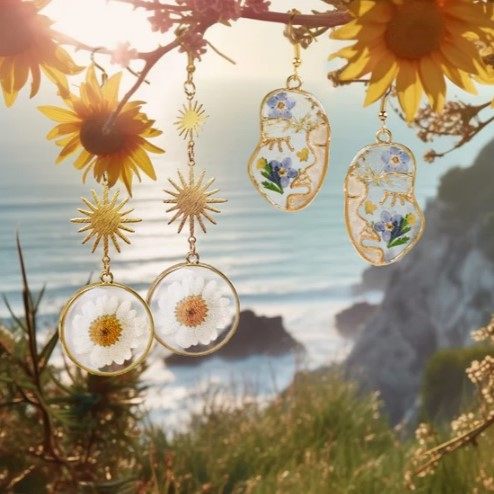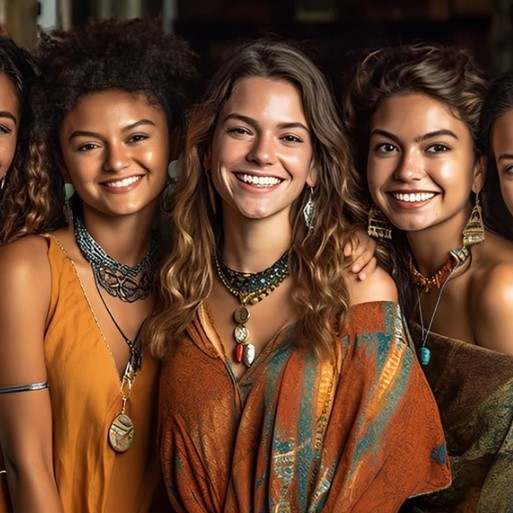Trending fashion:boho dresses
In recent three years, the most popular topic in the fashion industry is Boho dresses. The best-selling clothing is mostly labeled "Bohemian" style, and clothing manufacturers are embracing this new design trend with a "Bohemian" flair. The fashion world is all about the "Bohemian" style.
-
Clothing with "Bohemian" style The "Bohemian" style originally referred to the unrestrained, singing and dancing lifestyle of the people living in Czechoslovakia. Today, it has evolved into a way of life. The Bohemian style of dressing is similar to Picasso's obscure abstract paintings, faded medieval religious oil paintings, and confusing natural marble patterns, chaotic, disorderly, and breathtaking. Dark gray, deep blue, black, red, orange, rose red, and the popular "rose gray" on the internet are the basic colors of this style. When it comes to Boho dresses, you can't escape a long skirt full of thick and thin pleats. It can be made of pure cotton, coarse linen, heavy silk, with cutout designs, adorned with Bohemian-style embroidery, graceful ruffles, or fringes. It can be covered with irregular patterns or patched with other style fabrics. In short, it is intricate, luxurious, and constantly signaling its uniqueness. It makes women who wear it instantly extraordinary and disdainful of everything
-
Clothing with "Bohemian" style and "postmodernism" I believe that the "Bohemian" style is actually a direct manifestation of the endlessly debated "postmodernism" style in the design world in clothing design. It can be said to be a "postmodernism" movement in the field of clothing design. The reasons are as follows:
2.1 Consistency of Causes Design is not only about technical standards and functional needs, but also expresses the philosophy, ideology, and complex cultural phenomena of a society. It reflects the progress of human civilization in a material way. "Postmodern design" indicates that people have doubts and dissatisfaction with the development prospects of "modernism". The nostalgia at the end of the century and the complex emotions generated in the new century's cultural background have replaced the purely functional aesthetic needs.
The "Bohemian" style is precisely the deeper aesthetic trend that emerged after people became dissatisfied with the simple functionality (covering the body) and social function (pursuing beauty, etc.) of clothing in the new cultural context. The "Bohemian" style covers a wider range of social psychology and meets the psychological needs of people at this particular time. Therefore, the "Bohemian style" emerged and became popular.
2.2 Expression form: Chaotic, complex and irrational design
An important feature of "postmodernism" design is "irrational design". Many people believe that the "postmodernism" movement has led to paintings that no one can understand, books that no one can comprehend, unbearable architecture, unclear product functionality, and lack of sensory appeal. The representative of "postmodernism" is the Memphis Design Group, whose design principle is the so-called "Kitsch", a German word meaning shallow, novel, fashionable, and dazzling. Memphis starts its design from a humanistic and emotional perspective rather than a scientific and rational one. It deliberately breaks conventions in materials, shapes, and colors, with an optimistic and noisy attitude towards life, appearing naïve and comical. At the same time, in terms of design style, the theory advocated by "postmodernism" that "it is better to be excessively abundant than simply poor" has also been criticized. All these are similar to today's "Bohemian" style.
"Bohemian" style clothing has a large amount of decoration, even piled up, with lots of lace and seemingly aimless layers of skirts. Nonconformist dressing methods, as well as some humor and entertainment, all reflect the chaotic and complex nature of its "irrational design". Many people cannot understand or figure it out, and the functionality of clothing is insufficient, making it inconvenient for action and work, and even difficult to wear. Some people say it is not "design art" and does not meet the basic elements of design beauty, resembling a child's doodling. When it first appeared, people jokingly called it "not clothing".
2.3 Return of tradition and classicism "Postmodernists" advocate cultural pluralism and its differences, openness, and variability, emphasizing the individuality and national characteristics of design, which is part of postmodernist thought. In "postmodernist" design, there is a return to tradition and classicism. Underneath the exaggerated appearance of "Bohemian", it emphasizes the feminine softness of women's monarchy, draws on the costume of wandering gypsy girls, and directly reflects the return to traditional and classical clothing with its rich traditional full skirts, lace, and intricate decorative techniques and accessories.
2.4 Design Status - Challenges and Revisions Postmodernism is a challenge and revision to Modernism. Under the premise of meeting life's needs, the mainstream of contemporary design is still the functional Modernist design. Compared to the solid theoretical foundation and refined characteristics of Modernist design, the highly emotional postmodern design is relatively fragile, which is generated in response to the weaknesses of Modernist design. In the long run, it is merely a challenge and revision to Modernism. Charles Jencks believes that Postmodernism surpasses Modernism in integrating traditional and modern cultural essences. Postmodernism is humorous and full of doubts, but it doesn't deny anything, nor does it exclude ambiguity, contradictions, complexity, and inconsistencies, making the design rich and diverse.
Boho dresses are challenge and revision to utilitarian and functional clothing. With the accelerating pace of life today, practical and concise clothing can meet people's needs, making clothing easy to wear and wash, convenient for life, and easy for action. However, Bohemian-style clothing temporarily satisfies people's psychological needs for novelty and change, fulfilling people's desire for self-realization, uniqueness, and escapism. In the end, it can only be a brief appearance, but it enriches the fashion stage. The functionalism and practicality of clothing should still be the main direction of clothing development. Therefore, the Bohemian style is only a challenge and revision to utilitarian and functional clothing.
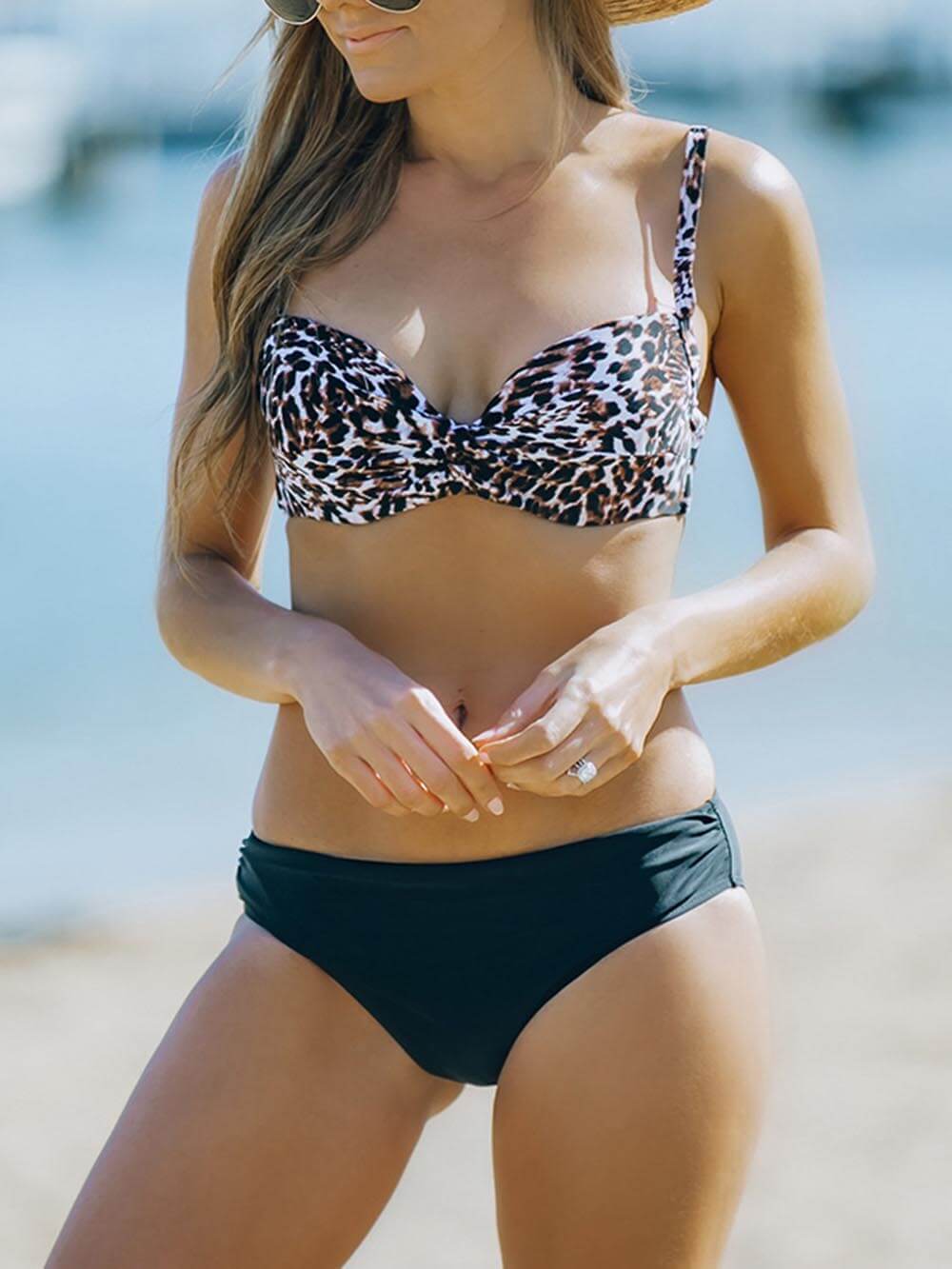 NEW
NEW
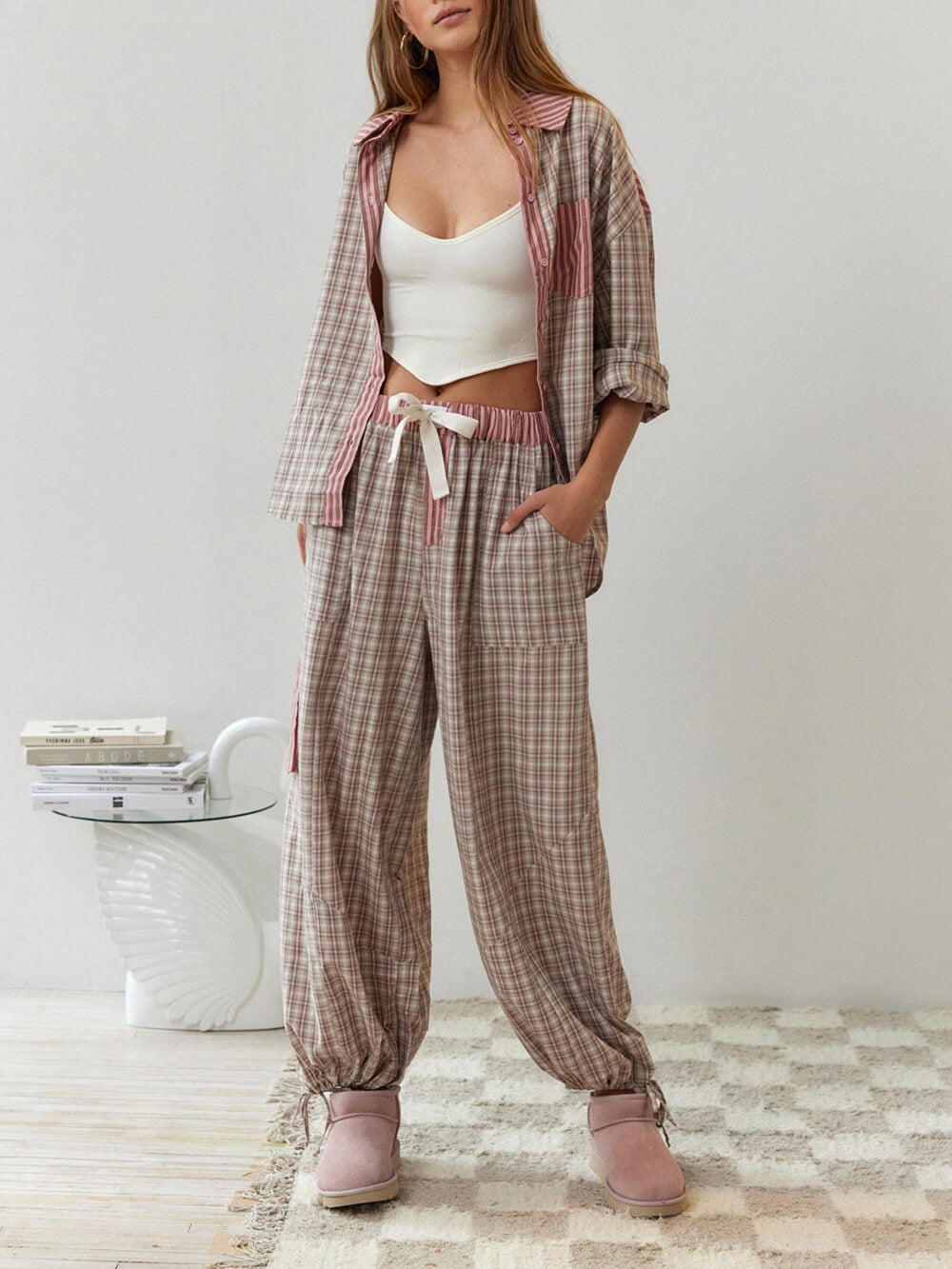 SALE
SALE
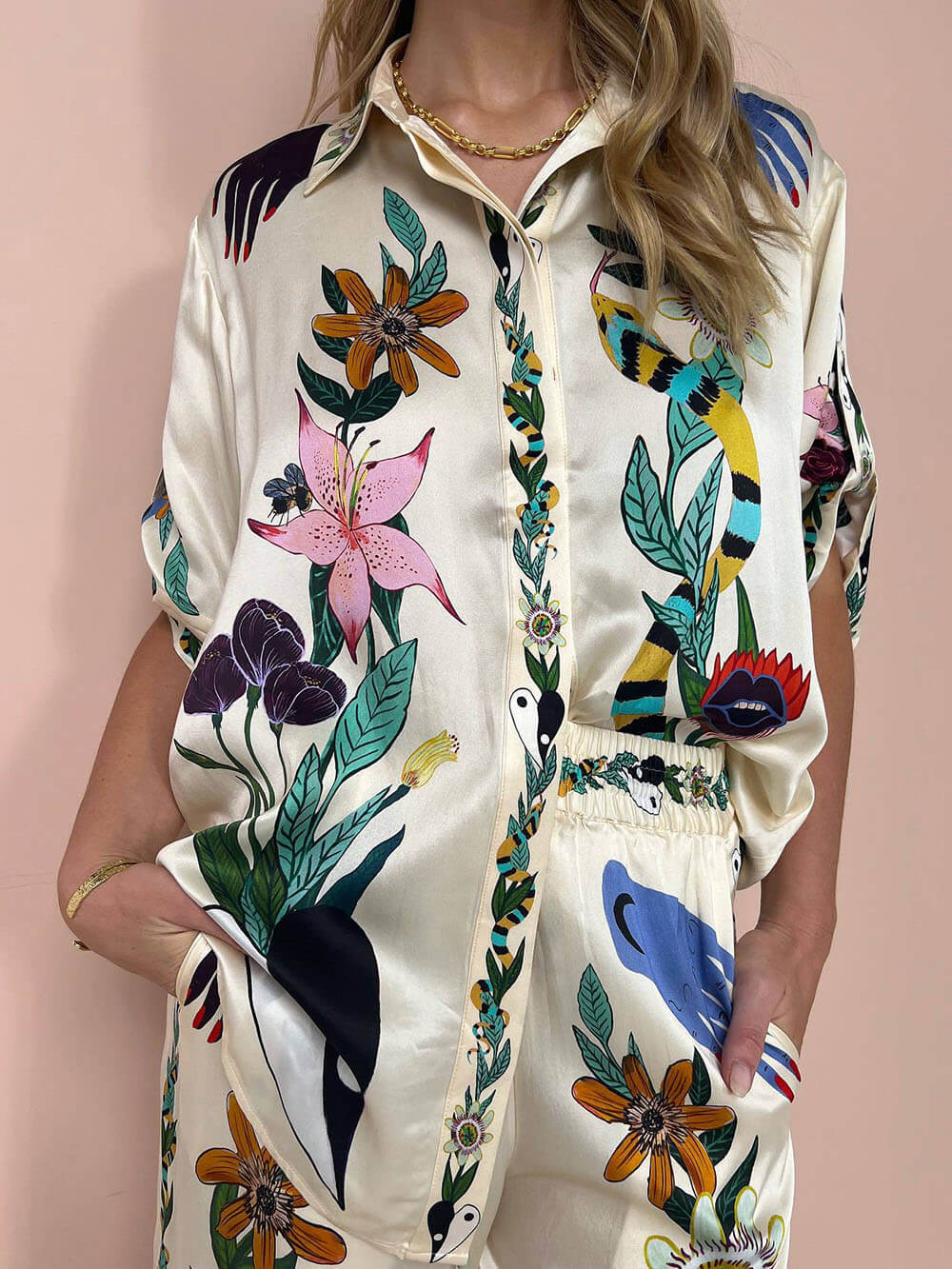 OCCASIONS
OCCASIONS
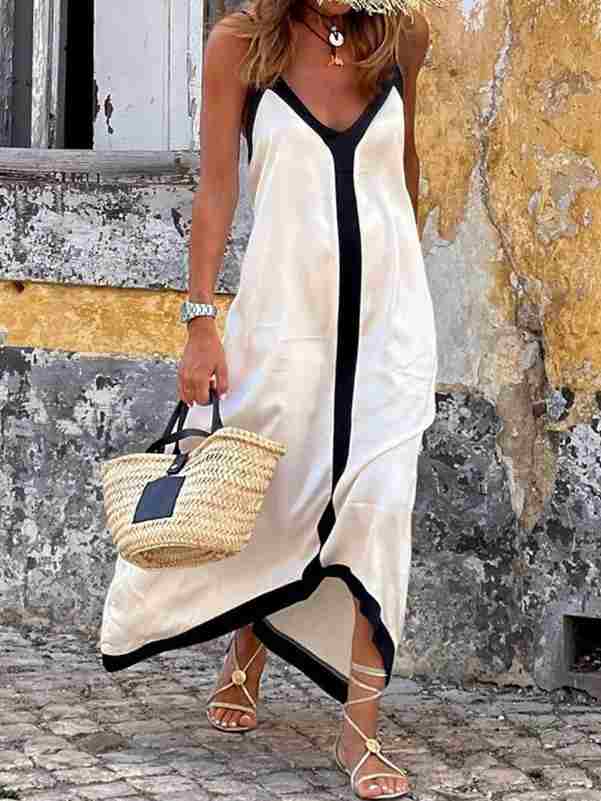


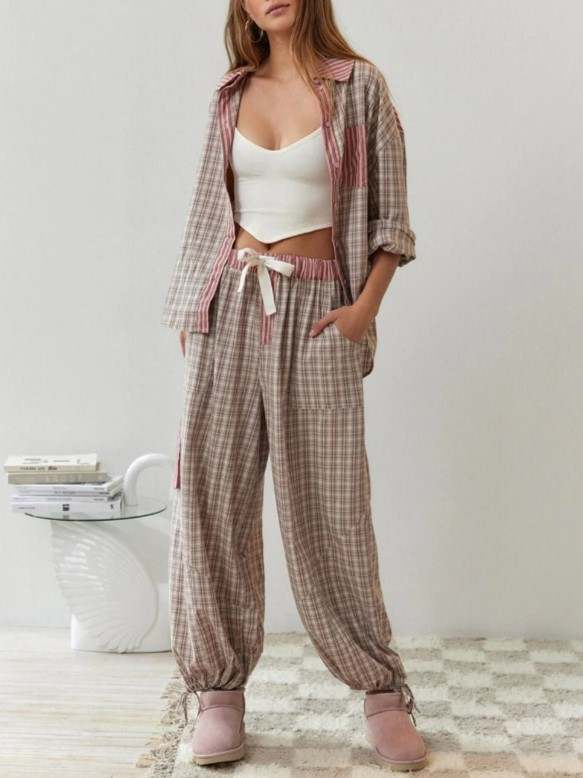
 DRESSES
DRESSES
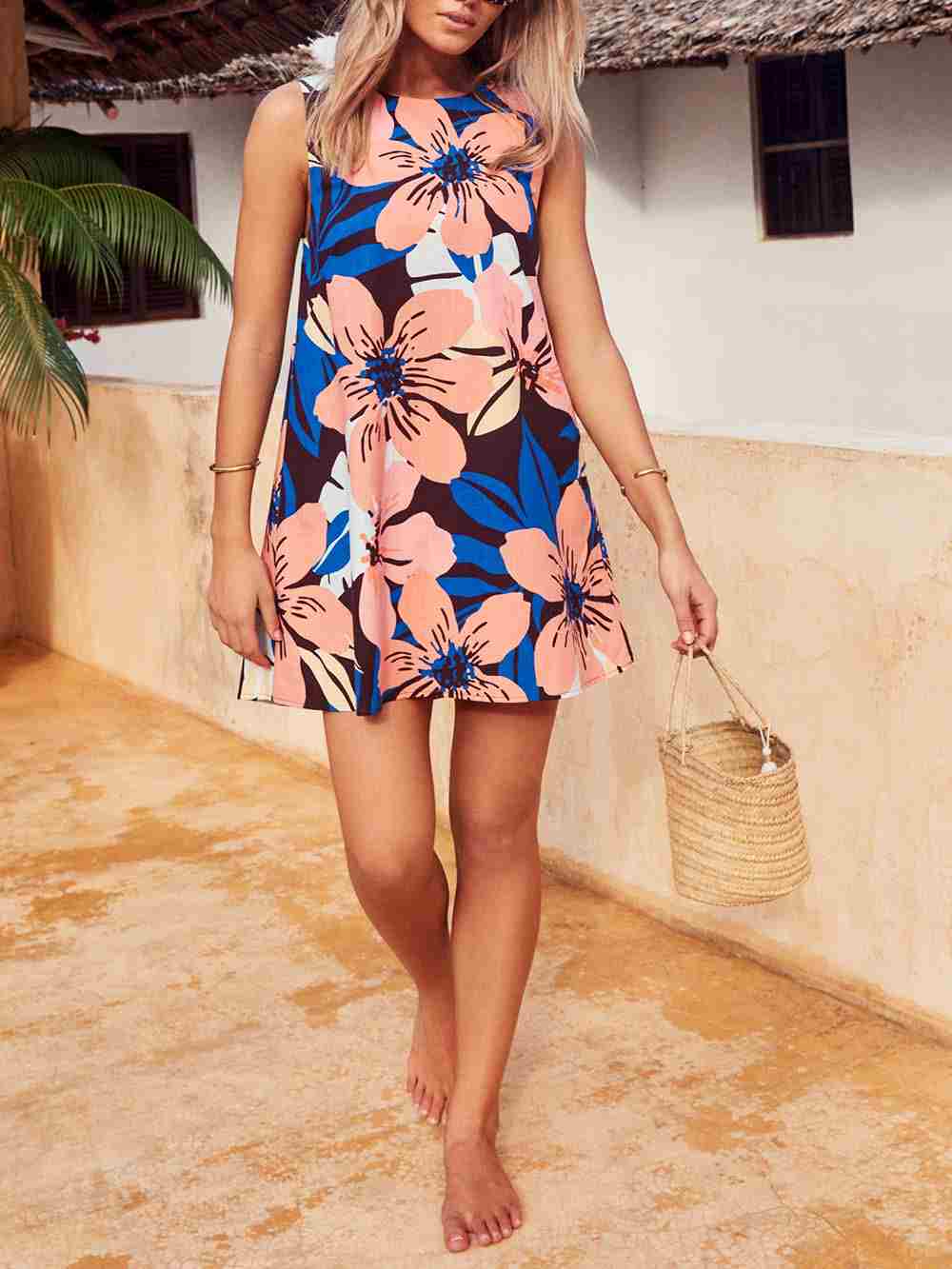
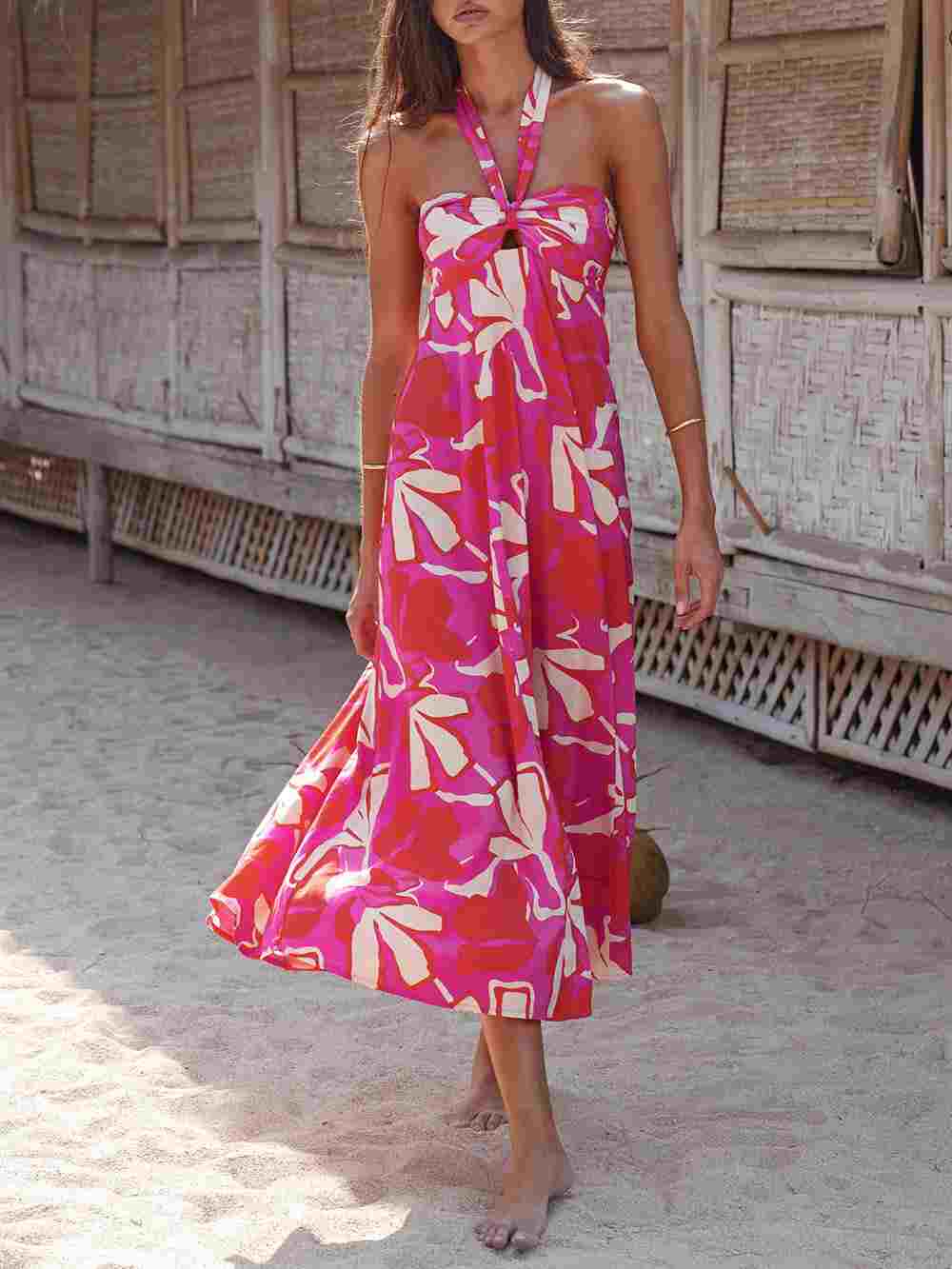
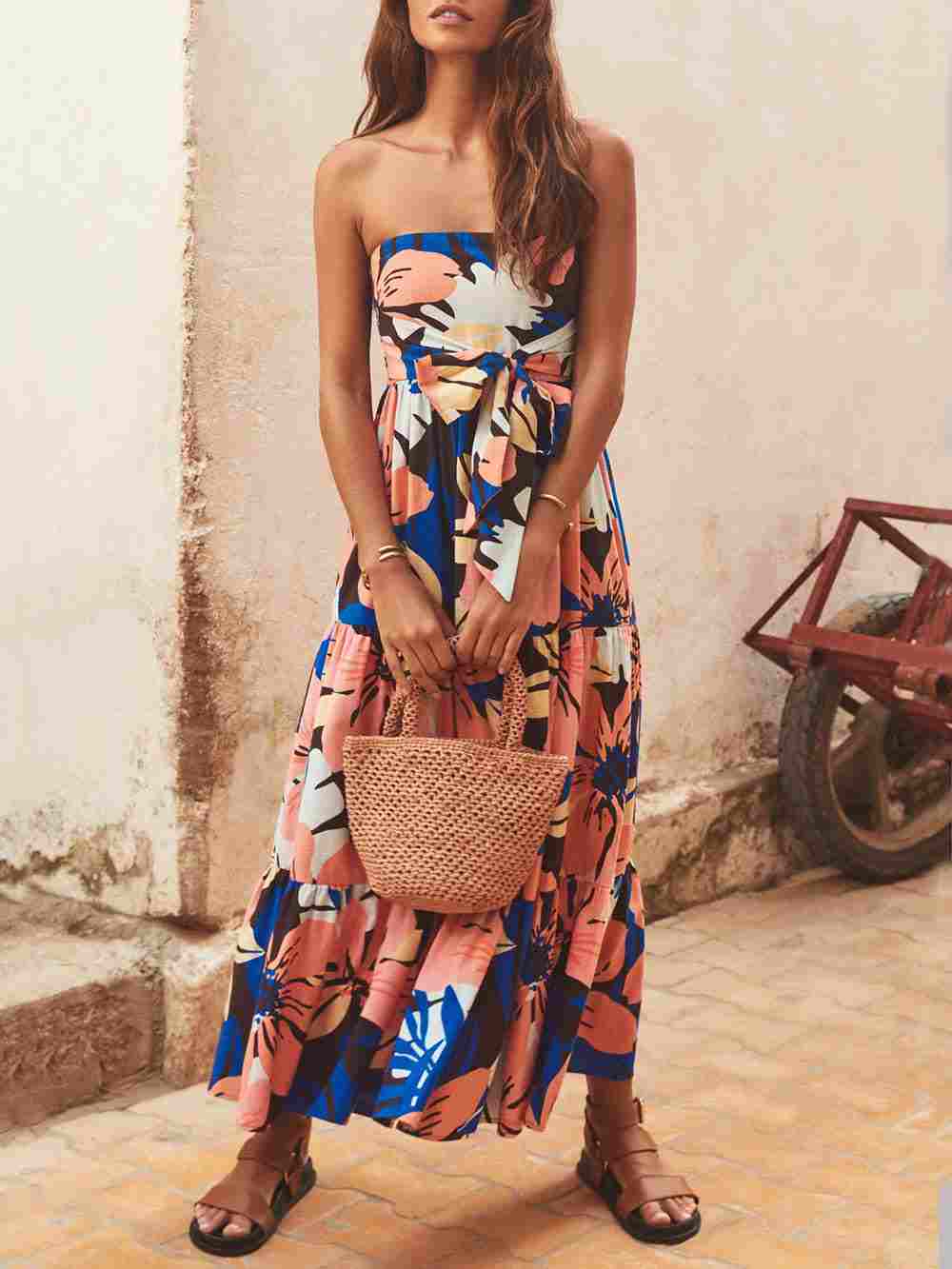
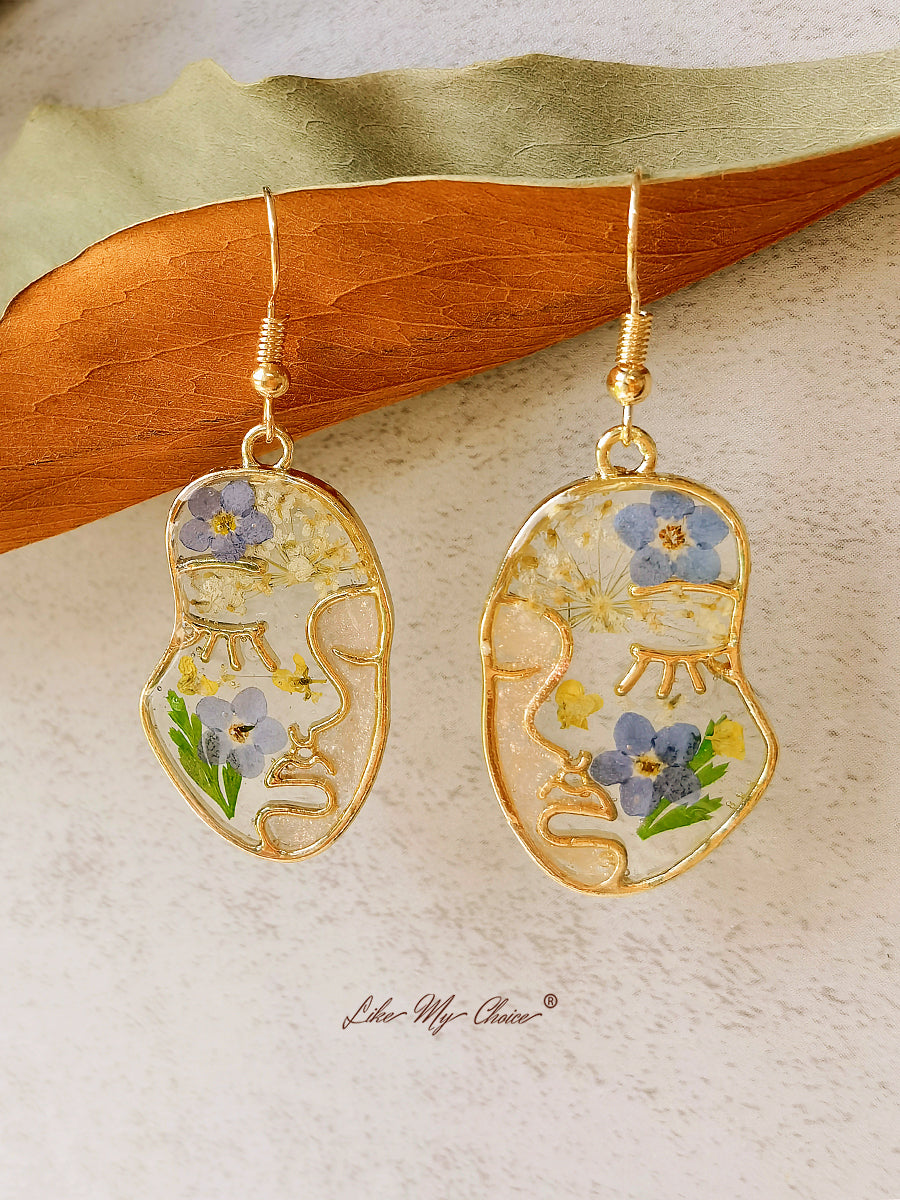 JEWELRIES
JEWELRIES


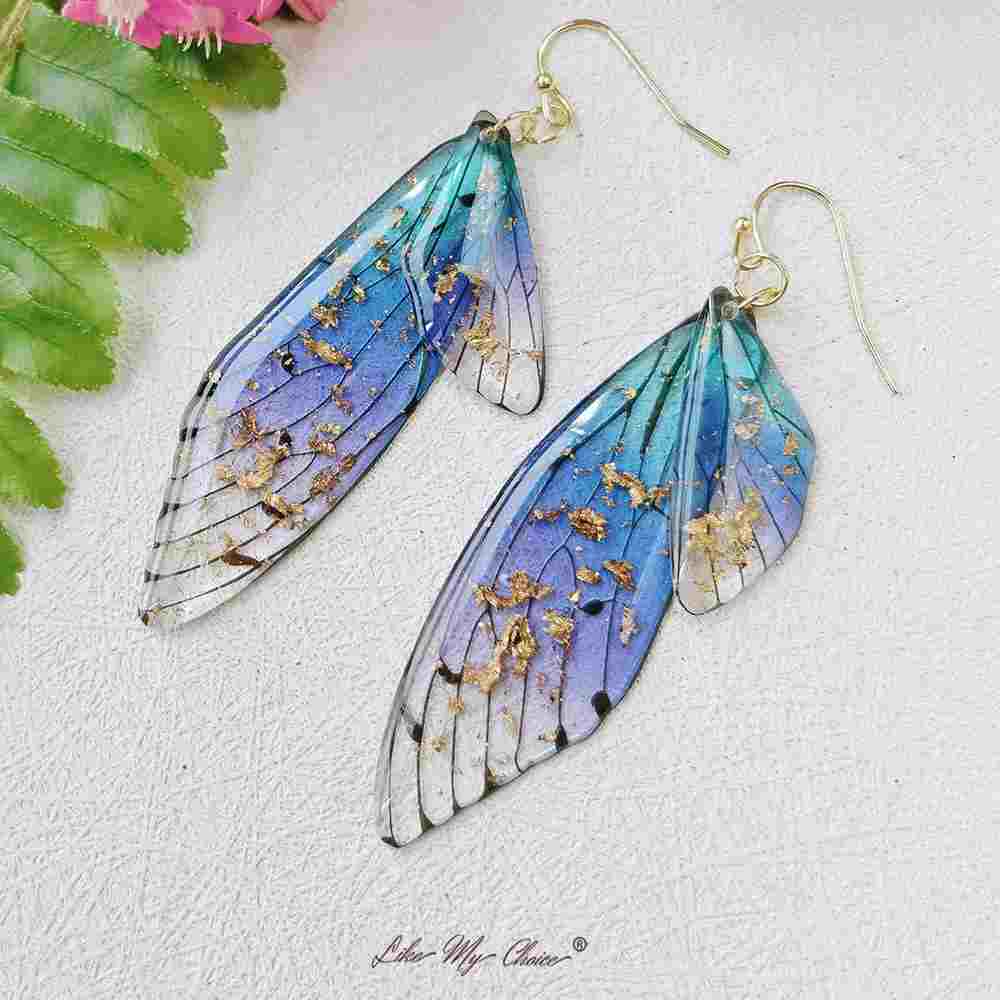
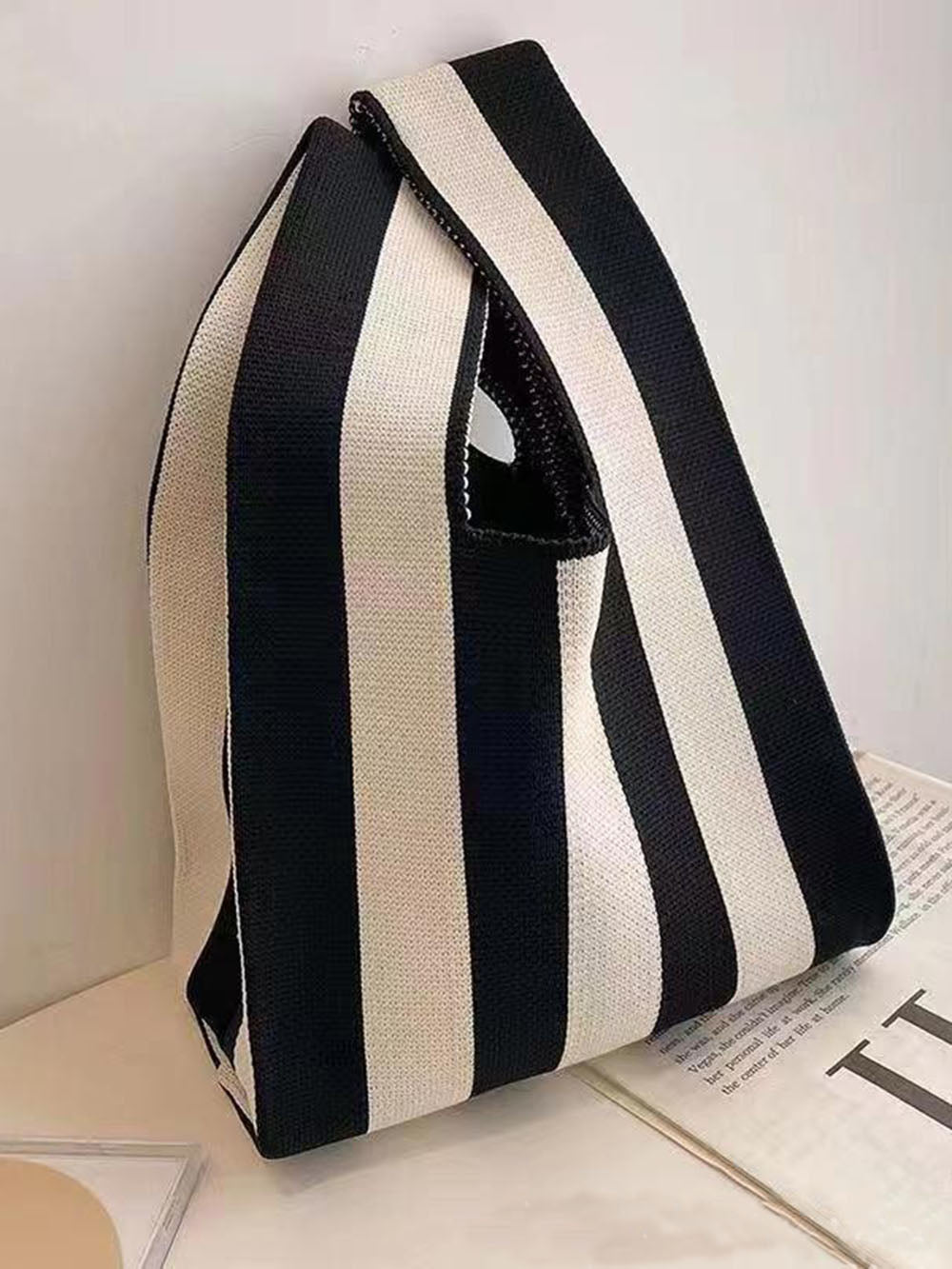 ACCESSORIES
ACCESSORIES

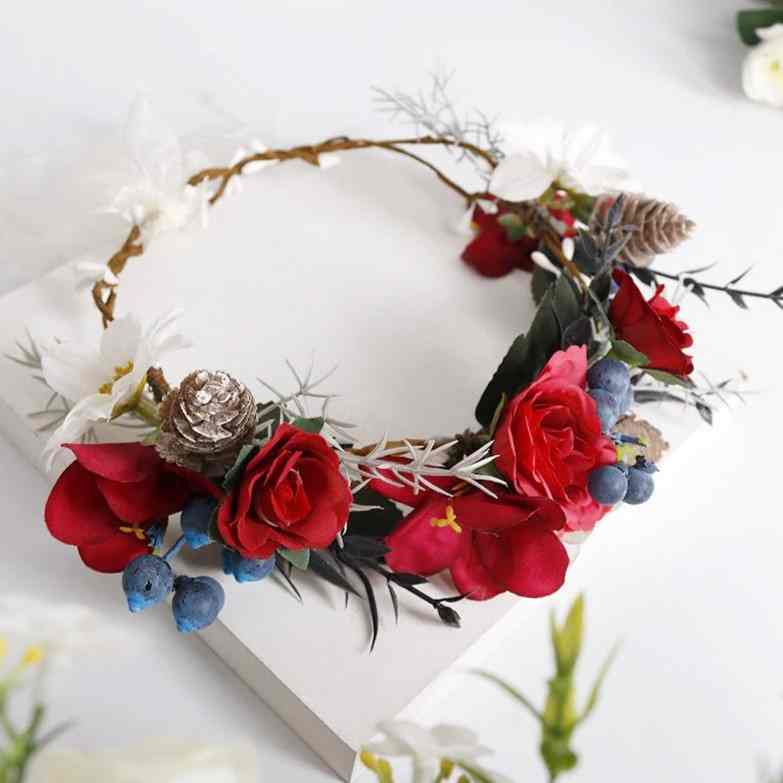
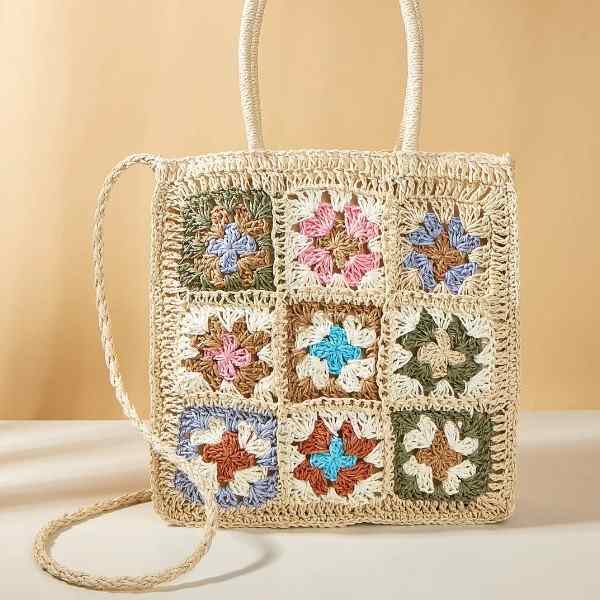
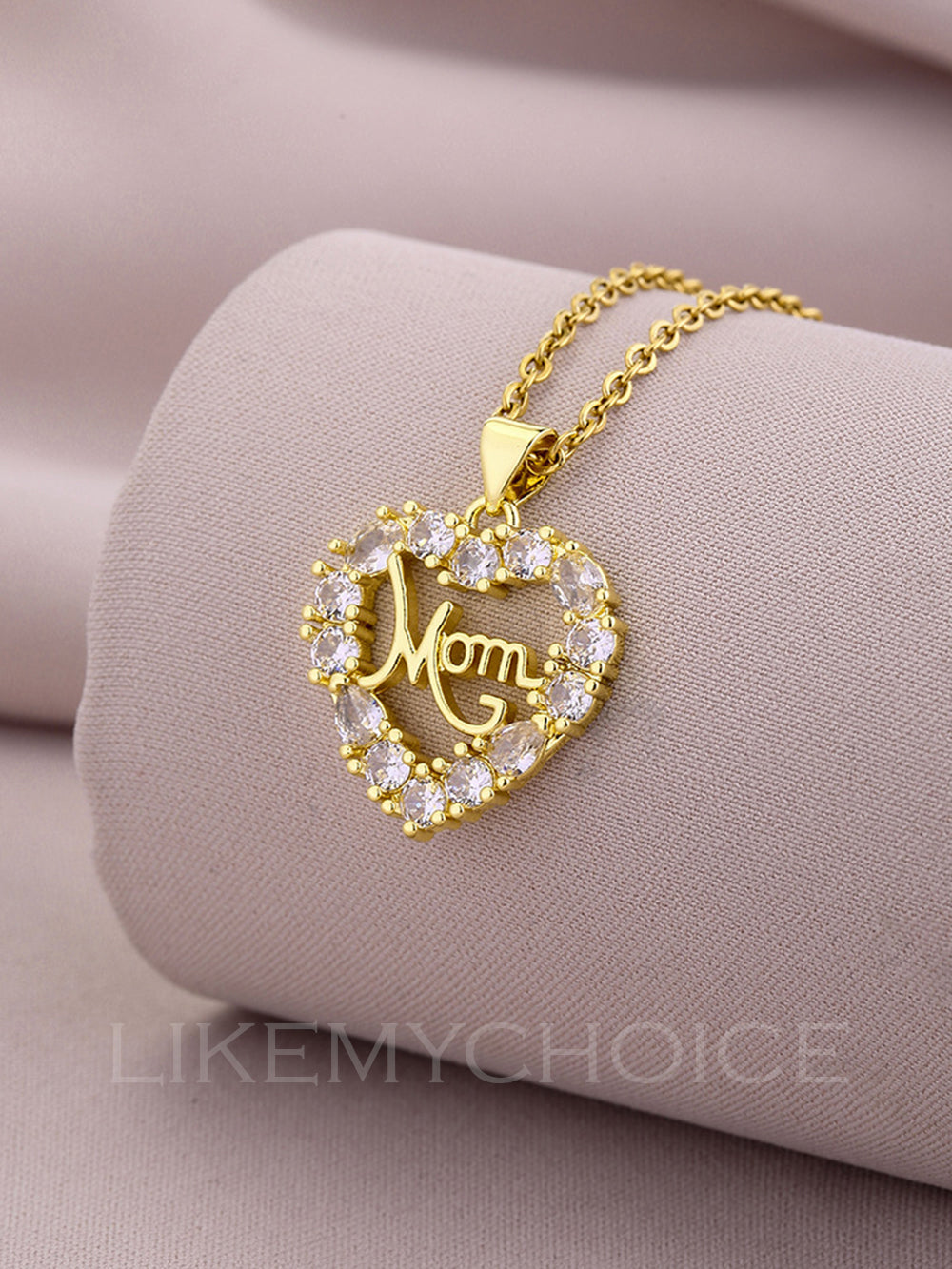 MOTHER'S DAY
MOTHER'S DAY
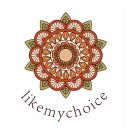 BRAND
BRAND
